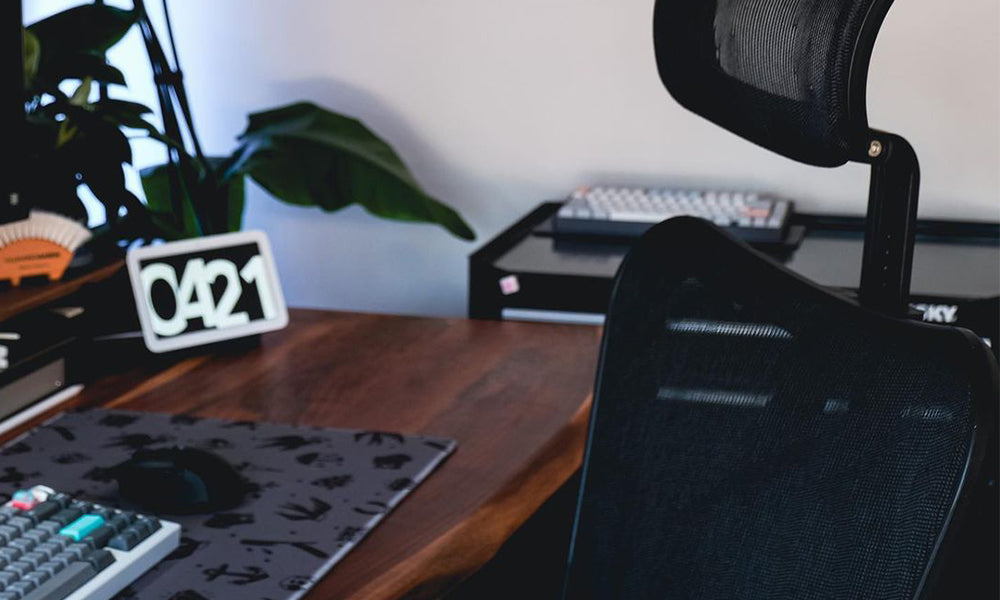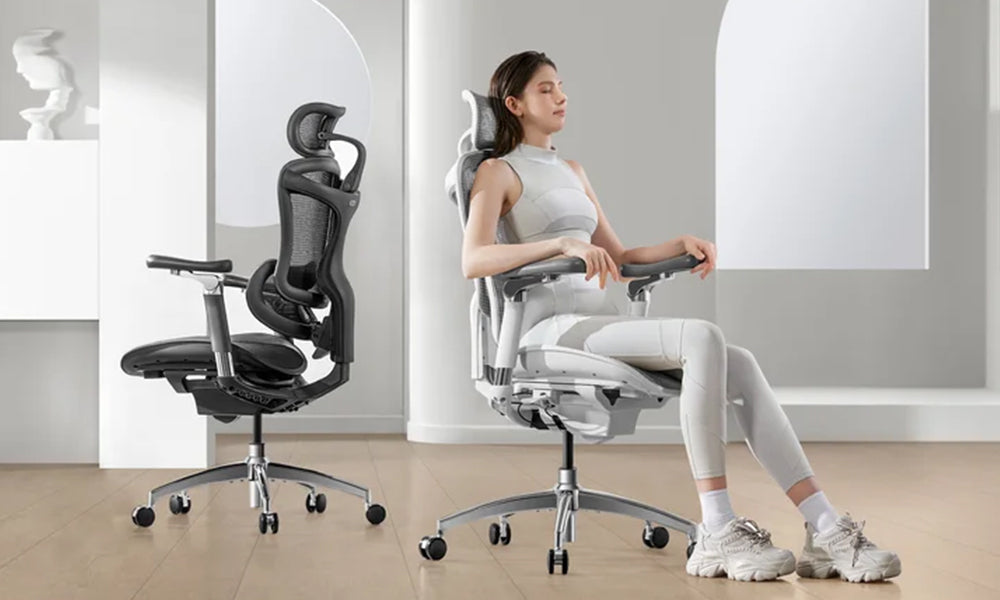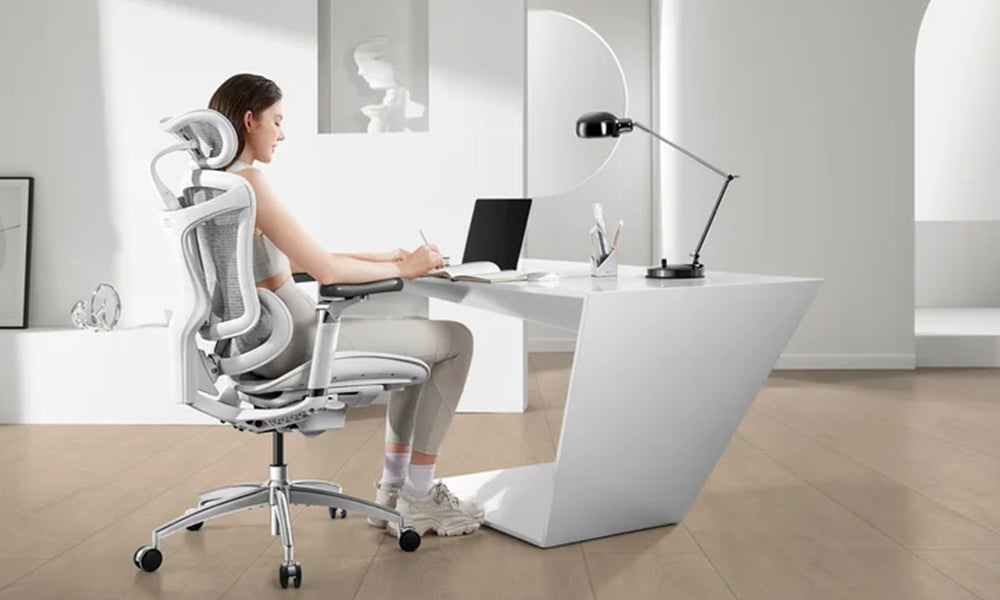Mesh chairs have become increasingly popular in offices and homes alike, thanks to their modern design and purported ergonomic benefits. However, like any product, mesh chairs come with their own set of disadvantages that users should be aware of before making a purchase decision. In this article, we'll delve into the drawbacks of mesh chairs, shedding light on aspects that are often overlooked in the quest for comfort and style.
Lack of Customization
One of the primary disadvantages of mesh chairs is the limited customization options they offer. Unlike traditional office chairs with thick padding and adjustable features, mesh chairs often have fixed frames and limited adjustments. This lack of customization can be a significant drawback for individuals who require specific ergonomic settings to support their unique body shapes and preferences.
Users with specific lumbar support needs may find mesh chairs lacking in this department. The absence of adjustable lumbar support can contribute to discomfort and potential long-term issues for those who spend extended hours sitting at their desks.
Durability Concerns
While mesh chairs are renowned for their breathability and lightweight design, some users report concerns about the long-term durability of the mesh material. Over time, the mesh can wear out or sag, compromising the chair's structural integrity and support. This issue is particularly relevant for chairs with lower-quality mesh materials or those subjected to heavy usage.
Moreover, the mesh material is susceptible to damage from sharp objects or excessive force. Tears and snags can occur, leading to a decrease in the chair's overall lifespan. Individuals looking for a long-lasting investment may need to carefully consider the quality of the mesh and the chair's construction.
Limited Cushioning
Mesh chairs typically feature minimal cushioning compared to their traditional counterparts. While the lack of excessive padding can be beneficial for maintaining a cool and breathable seating experience, it may not provide the level of comfort desired by some users. The absence of plush cushioning can lead to discomfort during extended periods of use, especially for those with specific pressure point concerns.
For individuals with pre-existing back issues or those prone to developing discomfort after prolonged sitting, the minimal cushioning of mesh chairs may not offer the support needed to alleviate these concerns effectively.
Aesthetic Limitations
While mesh chairs are often praised for their modern and sleek appearance, their aesthetic appeal might not be universally appreciated. The design of mesh chairs may clash with certain office aesthetics or personal preferences. In environments where a more classic or traditional look is desired, mesh chairs might stand out for the wrong reasons.
Additionally, the available color options for mesh chairs may be limited compared to traditional chairs, restricting users in their ability to match the chair with existing furniture or office decor.
Weight Limitations
Mesh chairs are generally designed to be lightweight, making them easy to move around and reposition. However, this characteristic comes with a potential downside – weight limitations. Mesh chairs may not be suitable for individuals with higher body weights, as the material and structure might not provide adequate support.
Users on the heavier side may find that mesh chairs lack the sturdiness needed for long-term comfort. Before purchasing a mesh chair, it's crucial to check the manufacturer's weight recommendations to ensure that the chair can accommodate your specific requirements.
Conclusion
While mesh chairs offer several advantages, it's essential to consider their drawbacks before making a purchase decision. The lack of customization, durability concerns, limited cushioning, aesthetic limitations, and weight restrictions are aspects that potential buyers should carefully weigh against the benefits of these modern office furniture pieces.
Ultimately, the choice between a mesh chair and a traditional office chair depends on individual preferences, ergonomic needs, and the specific demands of the environment in which the chair will be used. By being aware of the potential disadvantages, users can make informed decisions to ensure that their seating choice aligns with both comfort and functionality.



